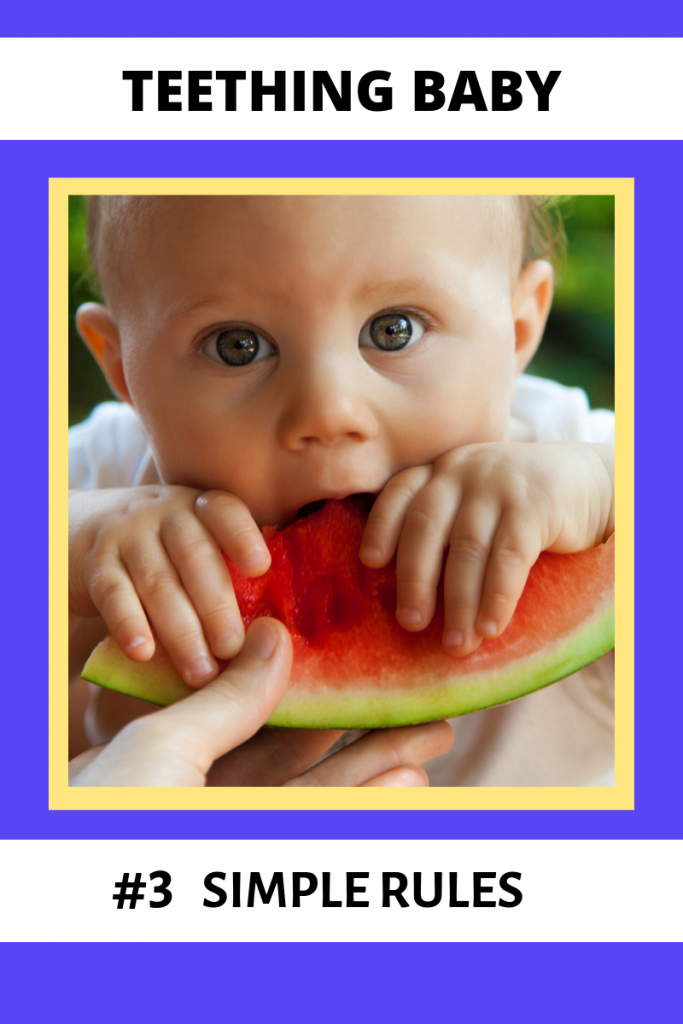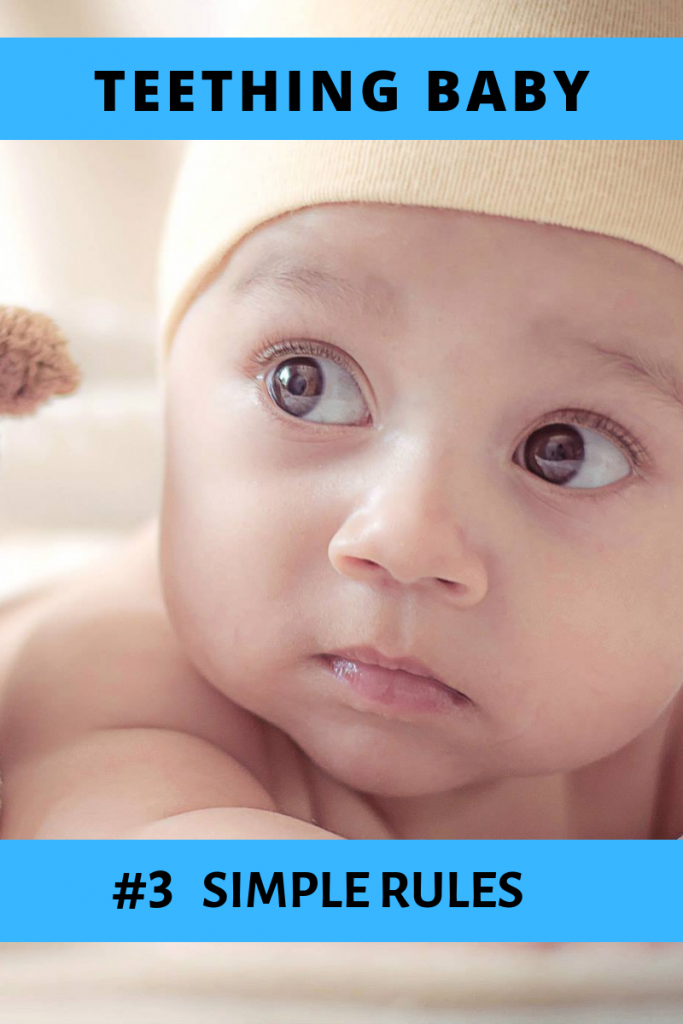TEETHING TIME
Teething is one of those unavoidable and often painful developments that come with our babies growing up. Every baby experiences teething, and while it’s not fun, it is a good thing because we wouldn’t want our children toothless. Of course, as a mom, I know teething time is a challenging time, especially for new first time moms. Because as nurturers, we want to fix the problem, help our babies, and soothe away the pain.
Babies usually start experiencing the symptoms of teething around 4 to 7 months, depending on the genetics and development of the child. For some babies, the pain can range from mild to very irritating and painful. Most babies become fussy, irritable, and have a challenging time falling asleep. Also, some babies experience a low-grade temperature.

Teething: Three Simple Rules
Here are three simple go-to rules to know if you or someone you know is experiencing baby teething.
RULE #1: Toys
Of course, you’re free to buy as many teething toys as you want for your baby. However, my experience with them hasn’t been as favorably because none of my kids used them. Instead, I would use a clean finger or knuckle to gentle massage their gums. But if you must purchase a baby toy, then opt-in for a rubber chewing ring or a rubber chew toy.
RULE #2: Pain Relief
Painful, of course, discomforting and can be very painful for the little ones. So be sure to speak with your child’s pediatrician or health care provider for pain relief remedies and options. Additionally, FYI, the FDA “warns against using any topical medication to treat teething pain in children, including prescription or OTC creams and gels, or homeopathic teething tablets. They offer little to no benefit and are associated with serious risk.”
RULE #3: Warning Signs
Most babies usually experience swelling on their gums, and this is normal. However, be sure to look out for other warning signs that are generally not associated with teething. These may indicate something different than teething, such as diarrhea, a high fever, bleeding gums, or a rash. Again, be sure to contact your child’s dentist or pediatrician with questions and concerns.
Conclusion
So, summing it all up, we know our babies will start experiencing symptoms at some point, starting around four months. Again this is an average time. The main agenda at hand during this time is to offer comfort and help soothe those itchy gums. A clean finger will work just as well, but if you must buy toys or products to help then, be sure to read the labels and check with your child’s doctor.






